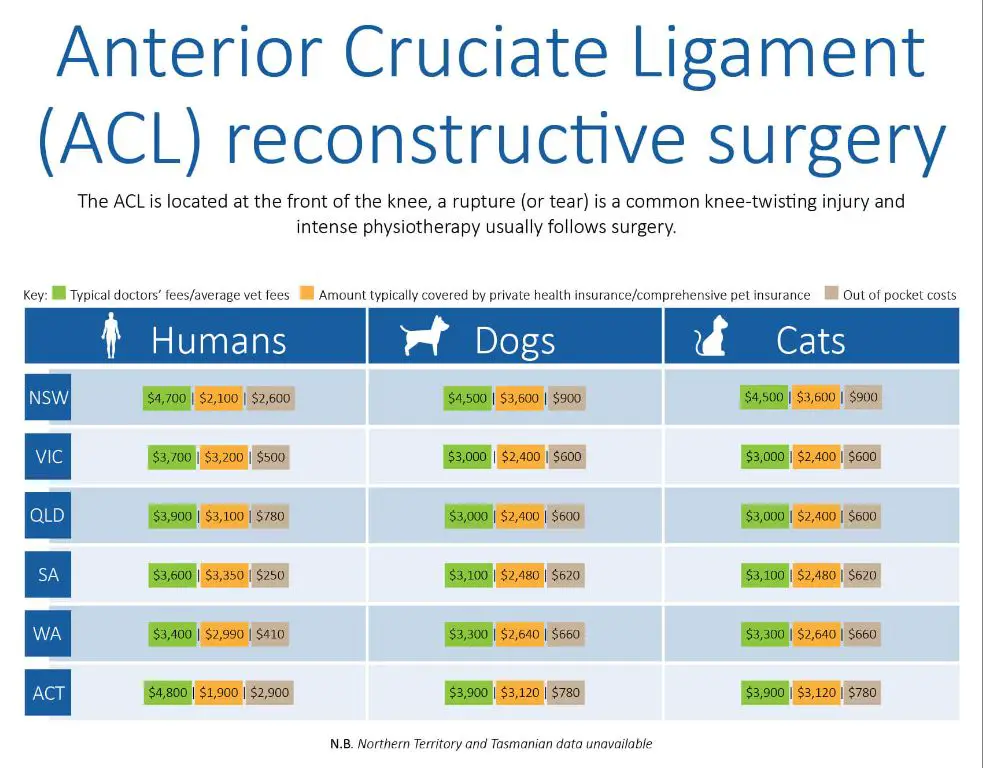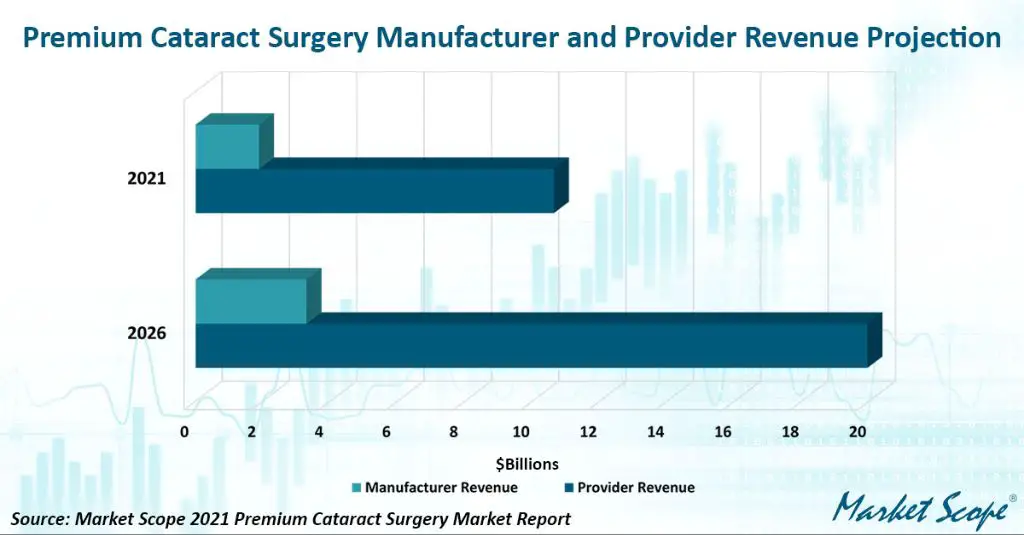Cataracts are a clouding or opacity of the natural lens in the eye that affects vision. As cataracts worsen, they can cause blurred or hazy vision, increased sensitivity to light and glare, poor night vision, seeing halos around lights, frequent changes in eyeglass prescriptions, and double vision in one eye. Cataracts are extremely common, especially in older adults. According to the National Eye Institute, more than 24.4 million Americans age 40 and older have cataract in one or both eyes. By age 80, more than half of all Americans either have a cataract or have had cataract surgery.
Cataract surgery is a routine outpatient procedure where the clouded natural lens is removed and replaced with a clear artificial intraocular lens implant. It is one of the most common and successful surgeries performed in the United States. Cataract surgery is recommended when cataracts begin interfering with daily activities and quality of life. The surgery helps restore clear vision and independence. After cataract surgery, people can resume normal activities like reading, driving, watching TV, and socializing without visual impairment. Cataract surgery also reduces the risk of falls and injuries caused by poor vision.
Causes and Types of Cataracts

The leading cause of cataracts is aging. Over time, the lens in the eye becomes less flexible, more clouded, and hardened, resulting in a gradual loss of vision. By age 80, more than half of all Americans either have a cataract or have had cataract surgery, according to the National Eye Institute.
Other factors that can cause cataracts earlier in life include:
- Ultraviolet radiation exposure
- Diabetes
- Smoking
- Obesity
- Alcohol use
- Eye injuries or inflammation
- Medications like steroids
There are several different types of cataracts:
- Age-related cataracts – The most common type caused by aging.
- Congenital cataracts – Present at birth or develops in childhood, often runs in families.
- Secondary cataracts – Caused by diseases or medications.
- Traumatic cataracts – Caused by an injury to the eye.
Cataracts can also be described by their location in the eye, such as nuclear, cortical, or posterior subcapsular cataracts, according to Healthline.
Symptoms and Diagnosis
The most common symptoms of cataracts include:
- Blurry vision – Objects may look blurred or fuzzy.
- Cloudy vision – Colors may seem faded, objects may appear cloudy.
- Increased sensitivity to light and glare – Bright lights may cause more glare.
- Double vision in one eye – Seeing double images.
- Needing brighter light to read – Difficulty reading in dim lighting.
- Seeing halos around lights – Seeing halos or streaks around lights.
As cataracts progress, symptoms often get worse. Early stage cataracts may not cause significant vision problems, while advanced cataracts can cause major vision loss. Cataracts in both eyes develop similarly.
Cataracts are diagnosed through a comprehensive eye exam by an ophthalmologist. The exam will check visual acuity, test refractive error, dilate the eyes, and examine the eyes with specialized instruments. An ophthalmologist can detect cataracts early on before vision loss occurs.
Common diagnostic tests include:
- Visual acuity test – Checks sharpness of vision using an eye chart.
- Slit-lamp exam – Uses a microscope and light to examine the eyes.
- Retinal exam – Checks for retinal damage after dilating the pupils.
These tests allow an ophthalmologist to evaluate the type, location, size and severity of cataracts present to determine the best treatment options.
Treatment Overview
The primary treatment for cataracts is surgery to replace the clouded lens with an artificial lens. The procedure for cataract surgery is quite common with over 3 million surgeries done each year in the U.S. alone according to this source. Cataract surgery takes 30-45 minutes and is typically done under local anesthesia as an outpatient procedure. Patients are usually able to go home shortly after surgery.
During cataract surgery, the surgeon makes a small incision in the eye to gain access to the lens. They use an ultrasound probe to break up the cloudy lens into small pieces. These pieces are then suctioned out and removed from the eye. After the natural lens is removed, the surgeon implants an intraocular lens (IOL) made of plastic, silicone or acrylic to replace the lens. There are different types of replacement lenses that provide various benefits like improved distance or close-up vision according to this source. The surgeon folds up and inserts the IOL into the empty capsular bag.
In most cases, cataract surgery results in improved vision and quality of life for patients. Full recovery can take 4-6 weeks. Afterwards, glasses or contacts may still be needed for optimal vision, depending on the type of IOL implanted.
Costs with Insurance Coverage

When cataract surgery is covered by insurance, the out-of-pocket costs for patients are significantly reduced. However, the exact amount you pay will depend on your specific health insurance plan.
According to Medical News Today, the average out-of-pocket cost for cataract surgery is around $1,500-$2,500 per eye when insurance covers a portion. This cost can vary based on the deductible and coinsurance of your plan.
For example, with a $1,000 deductible and 20% coinsurance, you may pay around $1,000 upfront to cover the deductible, plus 20% of the remaining allowed charges. So if the total cost was $3,000 per eye, you’d pay $1,000 deductible + $400 coinsurance = $1,400 out-of-pocket per eye.
Medicare is one of the most common insurers for cataract surgery. According to Discover Vision, with Medicare Part B coverage, out-of-pocket costs are typically $1,600-$2,500 per eye. This includes the Part B deductible, 20% coinsurance, and any charges for premium IOLs not fully covered.
Those with Medicare Advantage plans may have lower out-of-pocket costs, depending on the plan benefits. Private insurers like Aetna and Blue Cross Blue Shield also often cover a significant portion of cataract surgery costs after the deductible is met.
Costs without Insurance
Without insurance coverage, the full costs of cataract surgery are typically paid out-of-pocket by the patient. This can amount to anywhere from $3,000-$4,000 per eye in the United States.

According to a study by the Rx Savings Solutions, the average cost for cataract surgery without insurance nationally is $3,593 per eye. However, costs can vary widely depending on the state. For example, the average cost is $2,824 in Alabama but $4,201 in Alaska [1]. Some other state average costs include:
- Texas: $3,296
- California: $3,638
- Florida: $3,443
- New York: $3,901
The main factors that impact the costs of cataract surgery without insurance are the surgeon fees, facility fees, type of replacement lens, and geographic location. Many patients who lack insurance coverage may qualify for financial assistance programs or find ways to negotiate costs down with providers. But in general, paying thousands of dollars out-of-pocket presents a significant barrier for cataract patients without insurance. Understanding the typical costs involved is an important first step when budgeting and planning for surgery.
What Impacts the Costs
There are several factors that affect the overall cost of cataract surgery without insurance in the US:
-
Location – Surgery costs tend to be higher in areas with a higher cost of living. According to the Better Vision Guide, cataract surgery can cost over $6,000 per eye in places like New York City or San Francisco, while the same surgery may only cost $3,000 per eye in a smaller city.
-
Surgeon fees – Fees charged by the ophthalmologist performing the surgery can vary widely, from $2,000 to over $5,000 per eye depending on reputation and experience.
-
Type of lens – Standard monofocal lenses are the most affordable, while premium lenses like toric, multifocal, and accommodating lenses that correct astigmatism or presbyopia cost $500-$3,000 more per eye.
-
Additional costs – Pre-op testing, anesthesia fees, and facility fees can all add a few hundred dollars. Post-op medications and follow-up appointments will also add to the total.
According to Medical News Today, cataract surgery performed in an ambulatory surgery center rather than a hospital can save around $1,000 per eye. Negotiating costs upfront and shopping around between providers may help reduce overall fees as well.1
Financial Assistance Options
There are several options for patients to receive financial assistance for cataract surgery costs if they do not have insurance coverage:
-
The National Eye Institute offers full or partial financial assistance for eye exams and treatments through its National Eye Health Education Program. They provide a directory to help locate community organizations and resources that help provide free or low-cost cataract surgery (https://www.nei.nih.gov/learn-about-eye-health/healthy-vision/get-free-or-low-cost-eye-care).
-
Mission Cataract USA is a program that provides free cataract surgeries to uninsured, low-income individuals. They have a network of over 200 volunteer surgeons at facilities across the United States (https://preventblindness.org/vision-care-financial-assistance-information/).
-
Some nonprofit organizations like Lions Club International and New Eyes for the Needy offer grants and vouchers to cover full or partial costs of cataract surgery for those in financial need.
-
Medicaid provides coverage for cataract surgery for those who qualify based on income level. Enrolling in Medicaid can help significantly reduce out-of-pocket expenses.
-
Most surgeons and facilities offer payment plans or income-based sliding scale fees to make costs more affordable for uninsured patients.
How to Reduce Out-of-Pocket Costs
There are several ways patients can reduce their out-of-pocket costs for cataract surgery:
Choose an ambulatory surgery center over a hospital – Ambulatory surgery centers often have lower facility fees than hospitals. This can save hundreds or even thousands of dollars depending on the facility.
Compare prices between surgeons – Surgeon fees can vary greatly, so get quotes from a few different ophthalmologists in your area. Focus on quality over cost savings, but pricing information can help in your decision.
Negotiate prices – Don’t be afraid to negotiate costs with your surgeon and facility. Many will work with patients on payment plans or discounts, especially if paid in cash upfront.
Consider traveling for surgery – Having cataract surgery performed in another city or state with lower healthcare costs can substantially reduce your overall fees. Factor in travel costs.
Use flex spending, HSA, or other tax-advantaged accounts – Money set aside in these accounts can help offset out-of-pocket surgery expenses.
Apply for financial assistance – Many surgeons and facilities offer financial assistance or charity care programs based on income. Inquire about these options.
Take advantage of package pricing – Some practices offer package pricing for the entire surgery including pre-op appointment, surgery, follow-ups etc. This can lower costs.
The Value of Cataract Surgery

Cataract surgery is incredibly valuable for restoring vision and improving quality of life. As cataracts progress, they can significantly impair vision and make it difficult or impossible to read, drive, see faces, and complete daily activities. Cataract surgery removes the cloudy lens and replaces it with a clear artificial lens, providing crisp, clear vision once again.
According to a report by the Lewin Group, cataract surgery results in significant and measurable improvements in visual acuity and quality of life1. After cataract surgery, patients report major improvements in mobility and independence, reduced fear of falling, improved ability to read and drive, and better emotional health. Cataract surgery also reduces the need for assisted living services and other medical interventions. Thus, cataract surgery provides tremendous health, safety, independence, economic, and emotional benefits.
In addition to dramatically improving quality of life, cataract surgery has proven health benefits as well. Cataract removal can aid in the early diagnosis and management of major diseases like diabetes and hypertension. It also reduces the risk of falls and accidents. Given the many benefits, cataract surgery is highly valued by both patients and doctors despite its costs.
